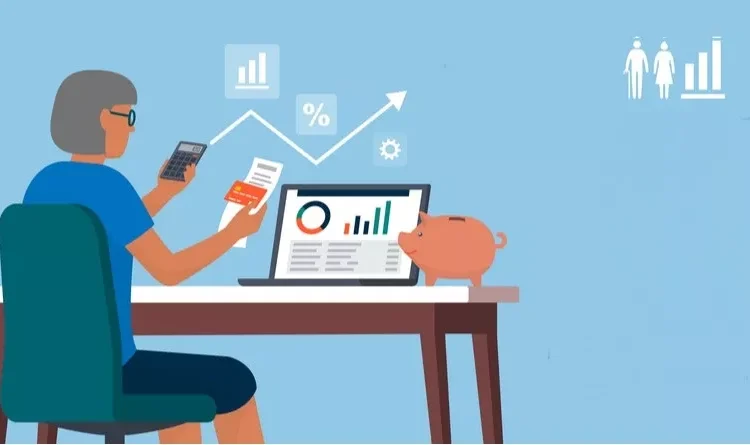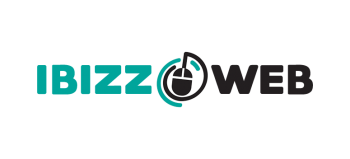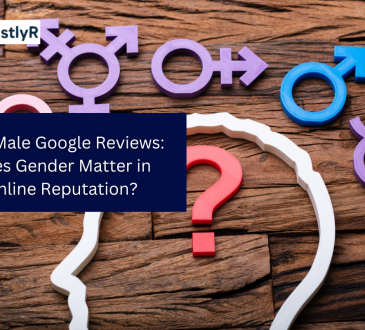Exploring How Retirement Plans: 401(k), SIMPLE IRA, and More Enrich Employee Benefits with Charles Spinelli

Retirement plans are the cornerstones of an employee benefit package. According to Charles Spinelli, beyond the popular 401(k), there are several other retirement plan schemes for employees to secure their retirement life. Employers should explore the scopes of these retirement programs and integrate them into their benefit package, making it more appealing to employees.
Why Retirement Plans Are Important in Employee Benefits
Every individual seeks financial safety, security, and stability in their retirement life. Retirement plans provide employees a sense of financial security and stability, allowing them to enjoy the golden period of their lives.
Most retirement plans are designed to reach long-term goals and ensure a solid retirement corpus. From the viewpoint of employers, offering employees these plans heightens their job satisfaction, lowers turnover, and builds loyalty. A solid benefits package is essential to attract skilled workers.
Understanding the 401(k) Plan
According to Charles Spinelli, the 401(k) is possibly among the most popular retirement plans in the US. It is beneficial in two ways: 1) it enables employees to set aside a part of their paychecks before taxes, and 2) it lessens their taxable income. Many employers also contribute a similar part of their employees’ contributions from their end.
Over time, with the magical power of compound interest, the sum multiplies significantly as retirement savings. 401(k) is chiefly invested in vehicles like bonds, stocks, and mutual funds, among others. Withdrawal is allowed after age 59½, while early withdrawals can attract penalties.
The SIMPLE IRA Plan
The SIMPLE IRA refers to a Savings Incentive Match Plan and is meant for Employees. It is primarily introduced for small and medium enterprises with 100 or fewer employees. Similar to 401(k), it allows employees to contribute a part of their salary. On the other hand, employers remain obligated to contribute either a matching part or a fixed percentage to their funding. The SIMPLE IRA also offers tax advantages and helps small businesses compete with larger ones to attract talent.
Other Employer Retirement Plan Choices
In addition to 401(k) and SIMPLE IRA, employers may provide other plans. They are:
- Traditional IRA: Workers contribute after-tax pay, and profits accumulate tax-deferred.
- Roth IRA: Contributions are made after taxes, yet retirement withdrawals are tax-free.
- SEP IRA: For the self-employed or small businesses. It provides larger contribution limits than a SIMPLE IRA.
- Pension Plans: They offer fixed payments in retirement, paid by employers. Less prevalent nowadays, but still available from some organizations.
Benefits to Employees
Retirement plans make employees feel secure. They know they have a financial safety net for their retirement years. Employer contribution plans allow savings to grow more quickly. Compounding over the long term adds to the value of these savings.
Benefits to Employers
There are also advantages for employers in providing retirement plans. It makes the job more appealing to job seekers. It assists in retaining skilled employees who appreciate long-term security. Providing such plans may also confer tax advantages on the company. Moreover, it indicates the employer has a concern for the futures of employees.
Retirement plans like 401(k) and SIMPLE IRA are essential employee benefits that contribute to workers’ financial security and provide a competitive hiring advantage for employers. In the competitive labor market, integrating them is beneficial for both employees and employers.




